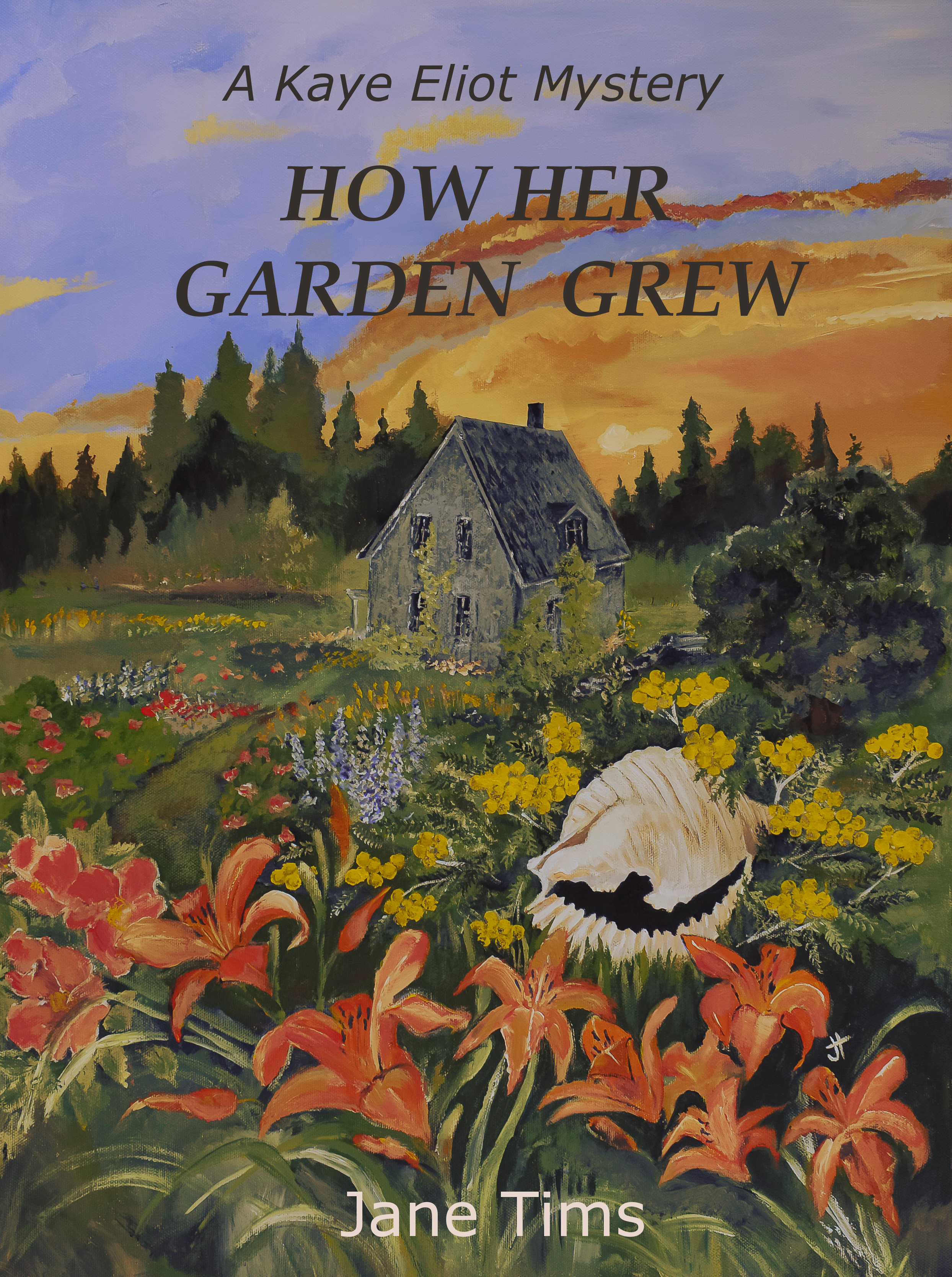Archive for the ‘‘niche’ on a rock’ Category
snippets of landscape – ice falls on rock walls
When highways are built, they often cut through the bedrock, leaving rock walls along the margins of the road. If these intersect a brook or seep of water, the result is a waterfall on the face of the rock. In spring or summer, rains can create wild cataracts. In winter the water freezes, building frozen walls of blue-shadowed ice. In sunlight, especially when they begin to melt, these ice falls are dazzling.
~
~
one warm hand
~
icicles seep between
layers of rock frozen
curtains separate
inner room from winter storm
glass barrier between blue
light and sheltered eyes
memory of water flows
along the face of the rock
one warm hand melts ice
consolation, condensation
on the inward glass
~
~
© Jane Tims 2012
air to breathe
As I approach retirement, I find I am thinking a lot about my past work. My first job was as a botanist in the field of air quality.
Some plants are very sensitive to air pollutants and develop ‘herring bone’ patterns on the leaves when the levels of pollutants like sulphur dioxide get too high. Other plants can be used as monitors since they absorb pollutants from the air.
I worked to diagnose air pollution injury to sensitive plants and designed ways of using plants to assess air quality problems. We grew tobacco to measure ozone pollution, set out ‘tea bags’ of sphagnum moss to monitor levels of trace metals in the air, and collected reindeer lichens to determine their pollutant exposure. I had wonderful days identifying plants, collecting lichens and being a botanist.
My favourite air pollution monitors were the reindeer lichens. These are like all lichens, a symbiotic organism consisting of an algae and a fungus. They have no roots, so they absorb all their nutrients from the air, making them an excellent monitoring system for air pollutants. They were a challenge to identify and the habitats where they grew took me to some very interesting places in New Brunswick. These included peat bogs where the lichens grew beside pitcher plants and sundews, mountain-tops dominated by ericaceous species like sheep laurel (Kalmia angustifolia L.) and blueberry, and high flung rock outcrops where I could see all the world below me as I picked my specimens.
Although we collected many species, the three reindeer lichens most useful for our studies were Cladina arbuscula, Cladina rangiferina, and Cladina stellaris. These are all ‘fruticose’ lichens, species with a ‘shrubby’ appearance, consisting of a main branch with many side-branches. A single ‘plant’ fits nicely in your hand. The Cladinas all have hollow branches and could be (and are) used as little trees in HO scale train models.
Cladina arbuscula (Wallr.) Hale & Culb. grows in extensive colonies, and is yellowish-green. The tips of the branches all point in one direction, a distinguishing characteristic of the species. Cladina rangiferina (L.) Harm. is often found growing with Cladina arbuscula and can be distinguished from arbuscula by its very blue-grey appearance.
Cladina stellaris (Opiz) Brodo is yellowish-grey, and grows in distinct clumps which resemble small ‘poofy’ trees.

Cladina lichens and moss on the rock at Moss Glen Falls in New Brunswick. The clump of lichen towards the center, looking like the ice cream in a cone, is Cladina stellaris.
On our travels this summer, I reacquainted myself with the Cladinas. And I remembered all the remote places I have been as a result of my work. One of these was Turtle Mountain in southern New Brunswick, now protected as part of the Loch Alva Protected Natural Area (PNA). It is a very old mountain, worn to a granite hill. At the top of the hill, is an ericaceous meadow where Cladina lichens flourish.
Turtle Mountain, 1979
~
afternoon air at the base
of the food chain
rewards obligation to breathe
~
grazing tickles the nose
and grey-blue lichens know
laurel and balsam
~
flume of curtain billows
across the daybed
into the room
~
into the space between
Kalmia and wintergreen
meadow heat rising from stone
~
marbled weave of oxygen
hydrogen nitrogen
bilberry and salt ocean
~
© Jane Tims 2011
cascade across the rock
Earlier this summer, in July, we visited Little Sheephouse Falls, northwest of Miramichi. The Falls are part of the watershed of the South Branch of the Big Sevogle River.
To see Little Sheephouse Falls requires a short hike through mixed woods. The trail to the Falls is very well maintained by the forest company who manages the area and was an easy walk in spite of my arthritic knees.
The woods were green with ferns and other woodland plants. My favourite of these was a little vine of Mitchella repens L. cascading across a lichened rock. Commonly known as Partidge-berry, Mitchella is a small vine with roundish opposite leaves, often found growing in shady, mossy woods. It has pinkish flowers and small red berries. The Flora I consulted says it is found where it can be free from the competition of more vigorous plants.
We did not go to the base of the falls, but kept to the trails navigating the escarpment. The falls are about 20 meters high, with a large pool and a cave at the base. They were a white torrent on the day we visited, making a rumbling thunder in striking contrast to the quiet woods.
Directions to Little Sheephouse Falls, and other waterfalls in New Brunswick, are contained at Nicholas Guitard’s website http://www.waterfallsnewbrunswick.ca and in his 2009 book Waterfalls of New Brunswick (see ‘books about natural spaces’).
Waterfalls are spaces to soothe the soul and inspire love for natural areas. They engage the senses… the sounds of the gurgling stream and the roar of the waterfall, the feel of cool, clean water, and the sight of water bubbling and boiling, following the contours of the landscape.
the three fates, spinning
~
1.
wound on the rock
mended by waterfall thread
~
2.
at last I touch
the water
real, wet water
(not a report or diagram
but the flavor feel and smell
of water)
~
it pours through my fingers
delivers to me
the mosses
the lichens
(the moth on the pin where she has always
wanted to be)
~
3.
the doe must feel this
as she crosses
the road-to-nowhere
when the birch and aspen enfold her
~
or the ant
as she maps the labyrinth
on the rotting morel
when she touches the ground
(blessed ground)
~
or the needles of white pine
when they find the note
split the wind into song
~
4.
the three fates
spinning
~
the waterfall
diverted by the rock
~
Published as: “the three fates, spinning”, The Antigonish Review 165, Spring 2011.
(revised)
© Jane Tims
‘niche’ on a rock
In July, we went to the Saint Martins area for the day and spent some time exploring the caves and beach-combing. We also took the short drive to the lighthouse at Quaco Head. The lighthouse is perched on the cliff overlooking Quaco Bay.

the Quaco Head Lighthouse ....... “The present Quaco Head Lighthouse was constructed in 1966 and consists of a square tower rising from one corner of a concrete fog signal building. The light in its lantern room produces a white flash every ten seconds, while the fog signal emits a three-second blast every thirty seconds, when needed.” from http://www.lighthousefriends.com/
If you look out over the Bay, you can see some exposed rocks where sea birds make their home, and, to the north-east, Martin Head, about 30 kilometers away.
Wildflowers were everywhere, but what caught my eye was a lichen on a flat rock at the base of the lighthouse. It was bright orange, like a splash of paint.
There are two orange lichens that live on rocks in the coastal area of New Brunswick, Xanthoria and Caloplaca. The orange lichen I found at Quaco Head is likely one of two species: Xanthoria sorediata (Vain.) Poelt or Xanthoria elegans (Link) Th. Fr.

bright orange Xanthoria lichen on a rock .... there are also two or more other species of lichen present
A lichen is not a plant, but a composite organism, consisting of an algae and a fungus, living together in a symbiotic, mutually beneficial, relationship.
Ringing
Swallow Tail Lighthouse, Grand Manan
air saltfresh and balsam
walls lapped by a juniper sea
pale mimic of the salt sea
battering its foundations
its endurance
a mystery
until I found
an iron ring
anchored deep
in rock
almost lost
in lichen
Xanthoria orange
lifted and dropped
run round
its axis
clashing on stone
creak and clank of the metal door
echoes climbing the welded stair
ground glass grit of the light
fog washed clang of the channel bell
rock lashed to the lighthouse
salt breakers turned to stone
Published as: ‘Ringing’, Spring 1995, The Cormorant XI (2)
(revised)
© Jane Tims






























